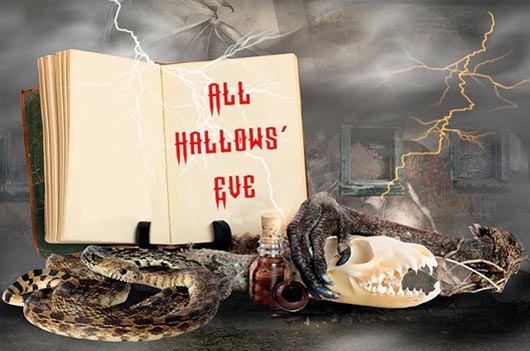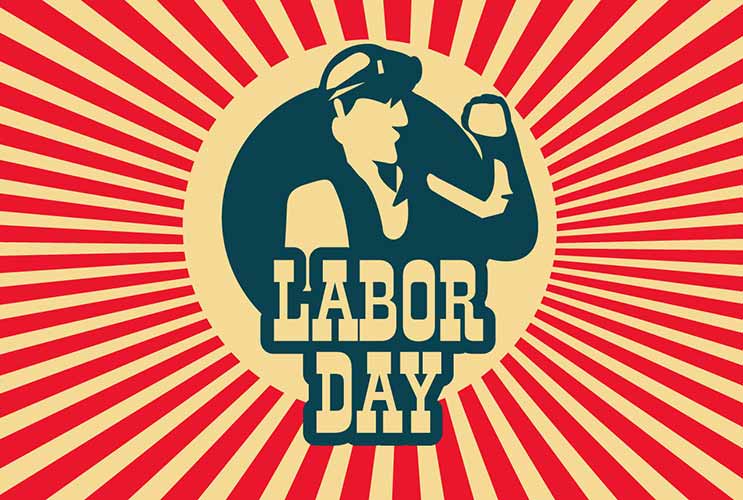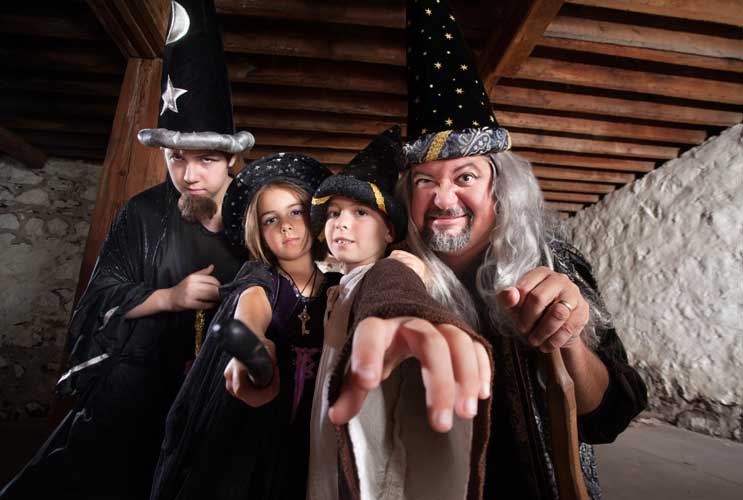
Before Halloween was taken over by sexy, punny costumes and hoards of candy it was known as All Hallows’ Eve — Hallowe’en is a shortened version of Hallows’ Even. Most historians believe that around 500 or 600 A.D. Catholic missionaries chose November 1 to be All Saints’ Day (also known as All Hallows’ Day) to coincide with Samhain, an ancient Celtic holiday that celebrated the end of summer and the beginning of winter. This was part of an effort to encourage people to replace pagan rituals with Catholic ones.
Over the years the celebration has gone through many changes and has been adapted to fit different cultures around the world. As historian Nicholas Rogers states in his book Halloween: From Pagan Ritual to Party Night, “To examine the history of Halloween is to recognize that it is not a holiday that has been celebrated the same way over the centuries, nor one whose meaning is fixed.” It’s all part of the magic of this spooky holiday.
Read Related: The Candy Corn Chronicles: 13 Facts About Halloween’s Iconic Little Triangle

Halloween has always had elements of the supernatural and death. Samhain was considered to be a time when spirits of the dead crossed over into the living world while All Saints’ and All Souls’ Day are a time to remember Catholic saints, martyrs and deceased loved ones. We’re talking lots of ghosts no matter how you slice it. Although it wasn’t always all about terror and monsters. Part of the Halloween story that most people don’t know about is that apples were considered a mystical fruit associated with fortune telling. Many games from the 1800s, like bobbing for apples, were supposed to tell a girl who her future husband would be.
Costumes, pranks and going door-to-door asking for food or treats have always been a part of All Hallows’ Eve and many winter rituals. However, trick-or-treating actually originated in the U.S. in the 1930s and 40s as a form of begging because food was scarce. Looking at the ever higher mountains of candy in stores each October, it’s hard to believe that candy wasn’t part of the holiday at all until the 1950s when the industry saw it as a marketing opportunity. The concept that it wasn’t a treat unless it was candy didn’t catch on until the 1970s.

Other traditions haven’t changed that much over the centuries. Jack o’ lanterns have a long history based on an Irish folktale called Stingy Jack. He roamed the earth with only a candle in a carved out turnip to light his way. When Irish immigrants came to the U.S. they found pumpkins were much easier to carve than turnips. They’re also a bit more picturesque. Witches can be traced back to a goddess called the crone who was honored on Samhain and had a cauldron that stored souls waiting for reincarnation.
So now you know the real story of Halloween!











